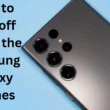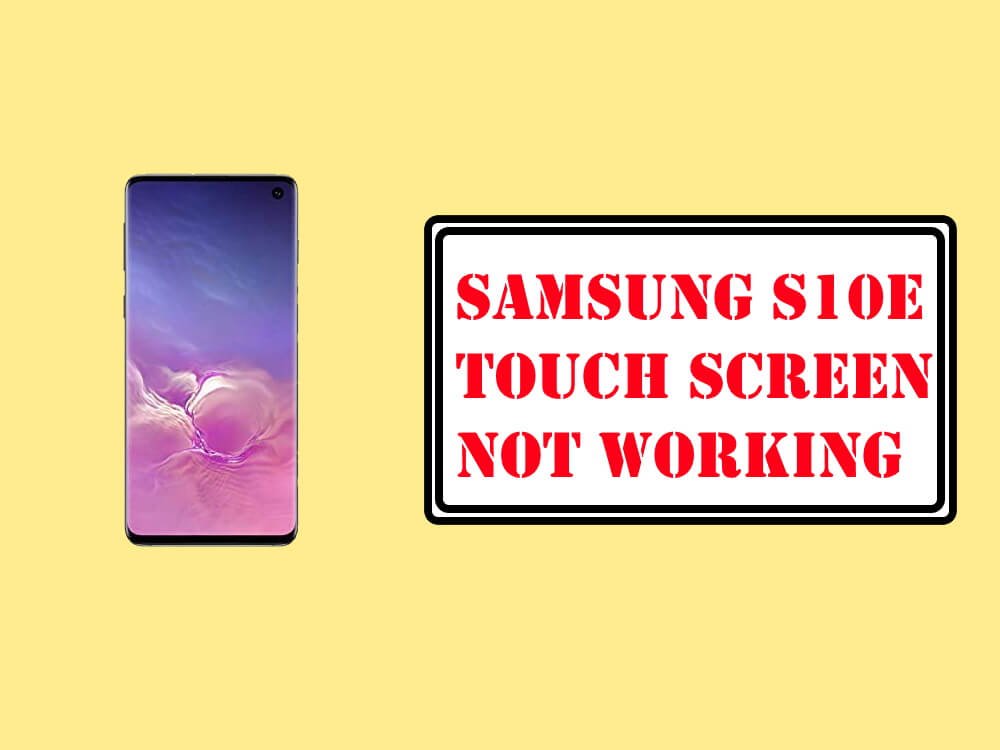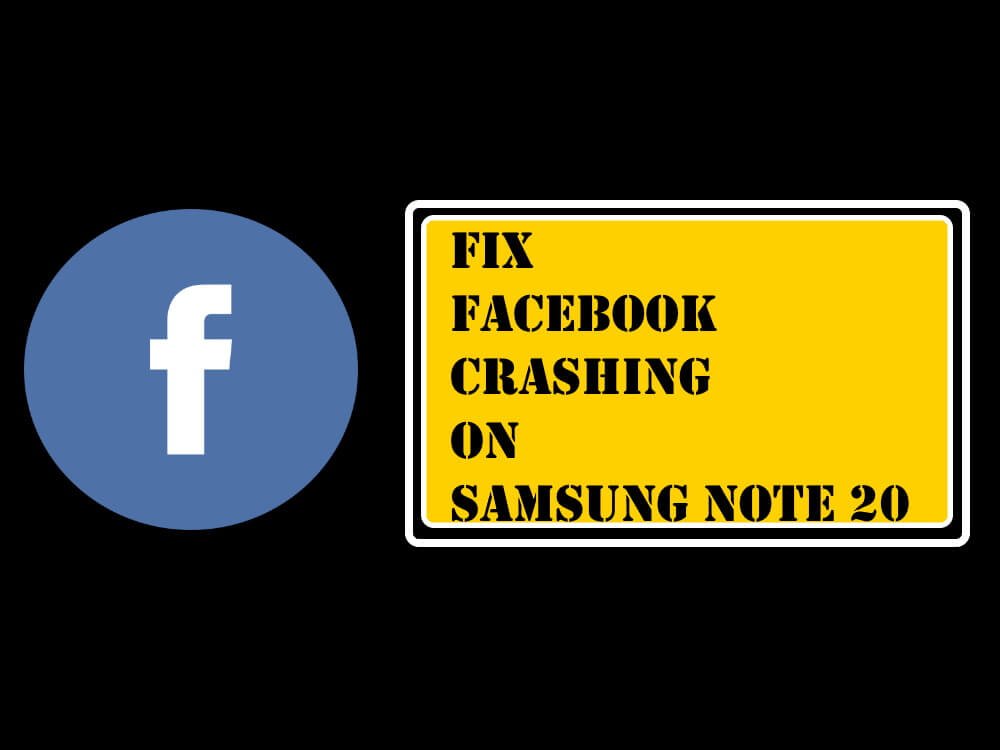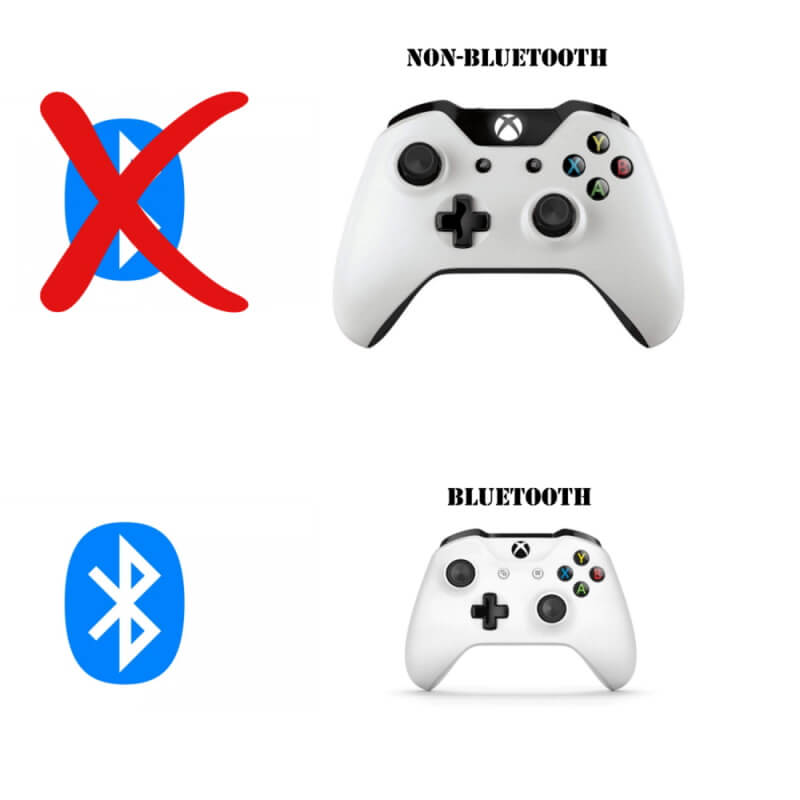Table of Contents Show
Rarely, a Samsung S10e touch screen becomes unresponsive and stops workings. It’s understandable when it happens, when touch screen nothings functions, no swipe, and taps, lastly touch screen doesn’t respond to any type touches. It undoubtedly irritating if the Samsung S10e is no longer responding or working. Don’t worry! It could be minor bugs or firmware issue which could be fixed by performing the given below tricks.
But before going to tricks, if there are any high impact accidental falls and if there is any significant damage, then it is likely to say that none of the workarounds will be helpful and there is no software trick that will be helpful. If there is any physical damage take the device to the service center. And if there no physical damage then simply perform the given below steps.
Samsung S10e Unresponsive Touch Screen
Force Restart Device
If there is no presence of physical damage, then it’s possibly a bug or an issue with the firmware. And these things happen regularly and it encounters a serious problem, but don’t worry! They are pretty much easy to handle and can effortlessly be fixed by restarting the device.
Press the Volume Low Key and Power Button until the Samsung S10e logo doesn’t appear on the display.
Keep the device update
One of the most common reasons behind this issue is your software is not updated. Which can finally lead to the S10e touch screen not working? So it’s necessary to verify the update manually through device Setting>Software update.
Reset all settings
Settings of the device play a major role to increase the performance of the device. And when these settings get accidentally modified or else change settings due to recent updates can sometimes bring an unexpected issue, so it’s better to perform reset all settings to bring back the device to default settings.
- From the main screen, scroll up to open Access Tray.
- Go to General Management > Reset Settings.
- Touch Reset Settings.
- Enter PIN, if you have setup.
- Lastly, Reset Settings.
Wipe Cache Partition
There is a temporary cache file in the system, usually used to load all the apps as fast as possible to increase the device performance. And when this cache gets corrupted then you can encounter several types of issues on your device. So if you want to verify, if this is not the case, simply perform wipe cache perform.
- Switch off the device.
- Press the Volume High Button and Bixby Button and then press the Power Button.
- Tap the Volume Low Button multiple times to feature ‘Wipe Cache Partition’.
- Use the Power Button to select.
- Press the Volume Low Button to feature YES and use the Power Button to select it.
- Reboot System Now will be featured after the completion of wipe cache partition.
- And press the Power Key to restart the device.
Boot to Safe Mode
Same as the corrupted cache, the corrupted apps can also create such types of issues. But at the same time, it becomes difficult to identify the culprit app behind it. But for that, you need to boot the device to safe mode.
- Continuously hold the Power Key to feature Power off menu.
- Touch the Power off Icon to feature safe mode.
- Tap Safe Mode.
Factory Reset
If still it’s not fixed, then the option is to perform a factory reset. But only thing is, you need to back-up all the important data stored in the device because it will clear all the data stored in the device.
- Navigate to Settings.
- Select General Management.
- Tap Reset.
- Touch Factory Data Reset.
- Lastly, hit Reset>Delete All.
More Posts,



